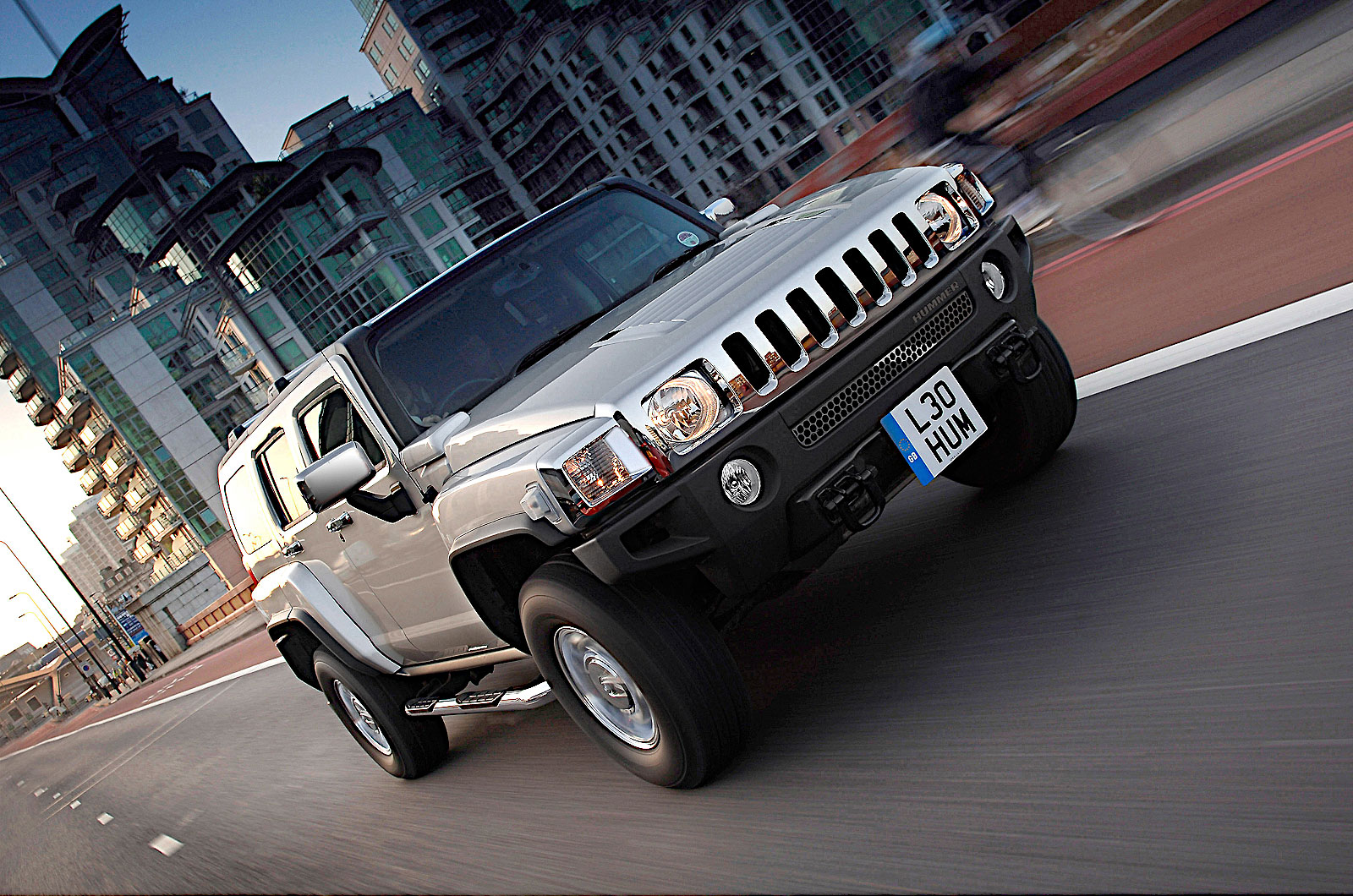Legend or Lemon? Our verdict on the world’s most controversial cars
Slide of You know what they say about opinions: everybody has one. It’s also true that people rarely have a universally agreed opinion about the same thing. For example, every car ever made has its supporters and its detractors. Joyfully ignoring the problems this can lead to, we’ve picked 40 cars, arranged them in alphabetical order and put forward our view on whether each one was a legend or a lemon. In cases where we can’t decide, we’ve called a tie. Individual opinions don’t really matter, of course, so if you happen to disagree with ours, we can still be friends. Slide of AMC Pacer Legend: The Pacer was cleverly designed, notably when it came to safety, an area far less widely considered in the 1970s than it is today. Despite being short by US standards of the time, it was also impressively wide, in an effort to avoid making Americans feel they were cramped in a compact car. And the windows were very large, so it was easy to see out of and park. Lemon: While its dimensions made sense if you were sitting inside, they also made the Pacer look very strange. Furthermore, the plentiful supply of glass made it heavy. It also didn’t translate well in other markets, where journalists usually reported that it was awful to drive. And despite being small, it was remarkably thirsty. Final verdict: Lemon Slide of Aston Martin Cygnet Legend: In an attempt to reduce the average fuel consumption and CO2 emissions across its range, Aston Martin created the Cygnet by restyling and adding luxury elements to the Toyota iQ. So far, so good. The iQ might not have been Toyota’s most successful model, but it was a perfectly acceptable city car. Lemon: The problem with the Cygnet was that, at its launch in 2011, it had a base price of £30,995 (around £48,000 in 2023 money), and you could pay far more than that if you played fast and loose with the options list. There was talk of selling 4000 annually, but as things turned out only a few hundred people were ever prepared to spend so much on a small car with a fancy badge – though its rarity does at least mean they’re still quite valuable. Final verdict: Lemon Slide of Austin Allegro Legend: On paper, the Allegro was a significant car for its time. It had front-wheel drive (with which British Leyland was already very familiar, though it was still uncommon on mainstream European cars in the early 1970s) and it was the first model ever fitted with the Hydragas suspension system. Lemon: As originally designed by Harris Mann (born 1938), the Allegro was low and sleek. BL then decided that the more powerful versions should be powered by its E-Series engine, which was very tall. The resulting styling compromise made the Allegro look dumpy. It was also no roomier than the 1100/1300 it replaced, it wasn’t a hatchback (which it should have been) and early press reports were critical. Despite two major updates, it never sold well. Final verdict: Lemon Slide of BMC Mini Legend: Brilliantly packaged, and with an innovative suspension system which included rubber cones, the Mini was three things at once: simple, economical daily transport, a formidable competition car and at least as popular among A-list celebrities as the Toyota Prius and Cadillac Escalade would later become. Lemon: Despite its huge success, the Mini is believed to have been unprofitable for its maker, at least in the early days. Its 41-year lifespan made very little sense – by the time production ended in 2000, it was at least two decades out of date, though many people still loved it. Final verdict: Legend Slide of Cadillac Allanté Legend: The Allanté was a smart-looking luxury two-seat roadster designed by Pininfarina. In its seven-year run, it went through many changes, perhaps the most significant being the fitment of the 4.6-litre Northstar V8 engine in 1993, the car’s last and (perhaps not coincidentally) most successful year. Lemon: The Allanté was built on what has been described as “the world’s longest assembly line”. Its body was built by Pininfarina in Turin and then flown across the Atlantic to Detroit, where final assembly took place. This very expensive process led to a base price, in 1987, of $54,700. No matter how good the car looked, almost nobody thought it was worth anything like that much. Final verdict: Lemon Slide of Chevrolet Camaro - Iron Duke engine Legend: The third-generation Camaro was a pleasantly aggressive-looking sports car which remained in production for a full decade from 1982. When fitted with either V6 or larger, more powerful V8 engines – the latter fitted to, for example, the Z28 (pictured) – it was generally well received. But there was another engine which was widely reviled, and cast a shadow over the Camaro name. Lemon: No Camaro was ever called the Iron Duke. That name was in fact applied to a 2.5-litre four-cylinder engine designed by fellow General Motors brand Pontiac, and used in t

This is another headline indexed and brought to you by the AUTOMUNDO website.
